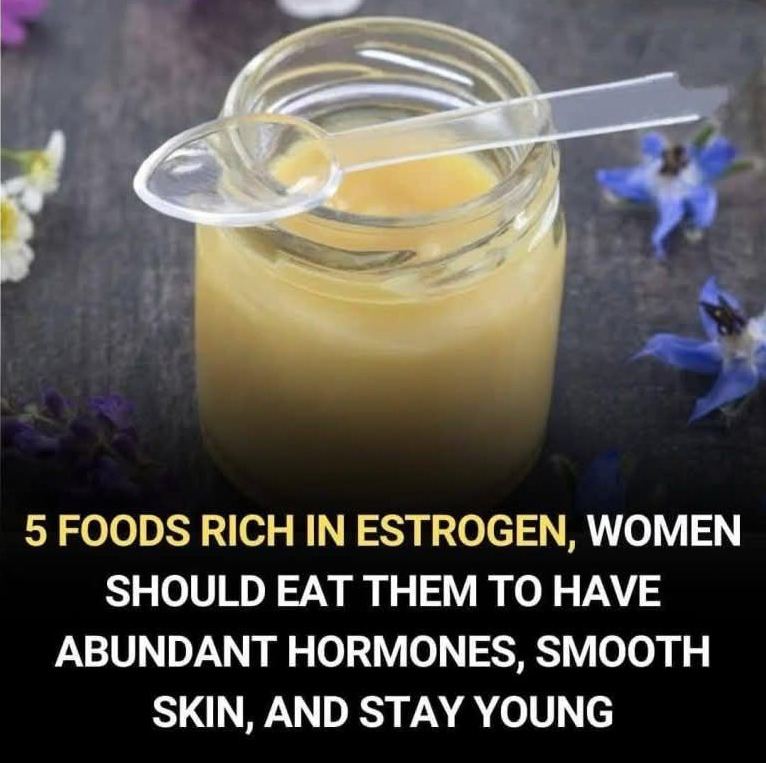Flaxseeds are one of the richest sources of lignans, a type of phytoestrogen that mimics estrogen in the body. These tiny golden or brown seeds are also loaded with omega-3 fatty acids and fiber, supporting heart health, digestion, and reducing inflammation.
Benefits:
-
Helps regulate menstrual cycles
-
Promotes hormonal balance
-
Reduces skin dryness and wrinkles
-
Supports breast and heart health
How to Use:
Sprinkle ground flaxseeds into your smoothies, oatmeal, yogurt, or baking recipes. Just 1–2 tablespoons a day can go a long way.
2. Soy Products – Nature’s Hormone Helper
Soybeans contain isoflavones, another type of phytoestrogen known for their estrogen-boosting effects. In countries where soy consumption is high, such as Japan, women tend to experience fewer menopause symptoms and enjoy smoother, more youthful skin well into their later years.
Benefits:
-
Eases hot flashes and mood swings
-
Enhances skin elasticity
-
Supports bone density
-
May reduce the risk of hormone-related cancers
Best Sources:
Tofu, edamame, tempeh, soy milk, and miso.
3. Chickpeas – The Skin-Friendly Legume
Chickpeas are not only a great source of plant-based protein and fiber — they’re also rich in phytoestrogens. These legumes support collagen production and help balance hormones gently, without disrupting natural cycles.
Benefits:
-
Supports estrogen levels naturally
-
Helps reduce acne and skin inflammation
-
Promotes a smoother, brighter complexion
-
Aids in digestion and satiety
How to Use:
Toss chickpeas in salads, make homemade hummus, or add them to soups and stews.
